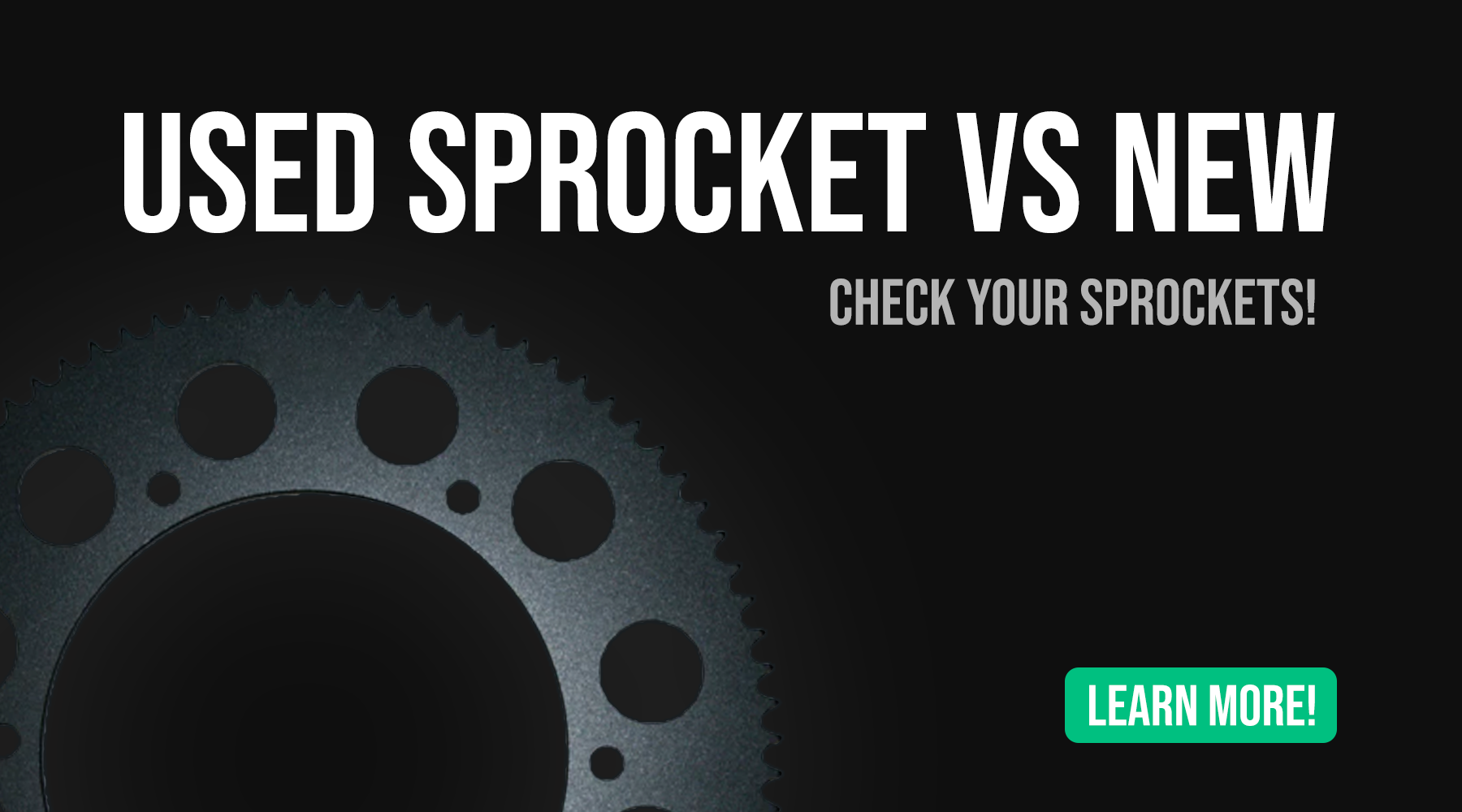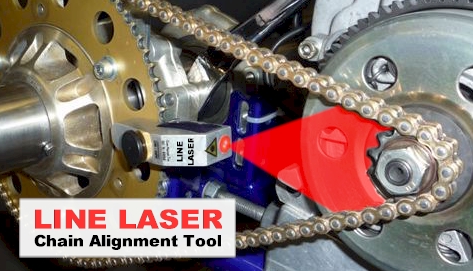Why Checking Your Front & Back Sprockets is Absolutely Critical

Why Checking Your Front & Back Sprockets is Absolutely Critical
When it comes to maintaining your kart's performance and preventing technical difficulties, one aspect that often goes overlooked is the condition of the front and back sprockets. These components are crucial to your kart's drivetrain, translating the engine's power to the wheels. Neglecting them can not only diminish your kart's performance but also lead to significant mechanical failures. Here's why keeping an eye on your sprockets is vital and how to identify when it's time for a replacement.
The Role of Sprockets in Kart Performance
The front (engine) and back (wheel) sprockets are pivotal in dictating your kart's speed and acceleration. They work in tandem to ensure the power generated by the engine is efficiently transferred to the wheels. The size ratio between these sprockets can be adjusted to change your kart's performance characteristics – a smaller front sprocket or a larger rear sprocket increases acceleration but decreases top speed, and vice versa. However, worn-out sprockets can disrupt this balance, leading to suboptimal performance.
Consequences of Neglected Sprockets
Ignoring the condition of your sprockets can lead to several problems:
Reduced Performance
Worn sprockets can cause the chain to slip, leading to power loss between the engine and the wheels. This slippage results in decreased acceleration and top speed, hampering your kart's overall performance.
Increased Wear and Tear
A worn sprocket doesn't engage the chain links properly, which accelerates wear on both the chain and the sprocket. This not only shortens their lifespan but can also affect other components of the drivetrain, leading to more costly repairs down the line.
Potential for Failure
In extreme cases, a severely worn sprocket can cause the chain to derail entirely, leading to sudden loss of power and control. This not only ends your race prematurely but can also pose a significant safety risk.
Identifying When to Replace Your Sprockets
Knowing when to replace your sprockets is key to maintaining your kart's performance and safety. Here are some common signs that your sprockets need attention:
Visual Inspection
Look for signs of wear such as hooked or rounded teeth on the sprocket. A healthy sprocket should have evenly shaped and sharp teeth. Also, check for any cracks or breaks, which are clear indicators that a replacement is necessary.
Example of Bottom Tooths are extremely worn compared to the new Sprocket Teeth on the the top

Chain Performance
If your chain frequently derails or seems to slip, especially under acceleration, this can be a sign of sprocket wear. The chain should sit snugly on the sprocket, with minimal lateral movement.
Unusual Noises
Listen for any unusual noises coming from the drivetrain, such as grinding or rattling. These sounds can indicate that the chain is not engaging properly with the sprocket teeth due to wear.
Measurement
You can measure the wear on your sprockets using a sprocket gauge or by comparing the profile of the teeth to that of a new sprocket. Excessive wear is a sure sign that it's time for a replacement.
Extra Important TIP!
Chain allignment is extremely important and can reduce the speed at which the sprocket deteriorates losing its teeth and performance. Allign your sprocket using a laser or a ruler to make sure the front sprocket and rear sprocket are alligned correctly to avoid mechanical wear when on track.

Conclusion
Maintaining your kart's front and back sprockets is crucial for optimal performance and safety. Regular inspections and understanding the signs of wear can help you identify when it's time for a replacement, preventing more significant issues down the road.
By taking care of your sprockets, you ensure that your kart remains competitive, reliable, and ready to race at a moment's notice. Remember, in the high-speed world of kart racing, the difference between first and second place can come down to the condition of your sprockets. Don't let worn-out sprockets be the reason you're not crossing the finish line first.




